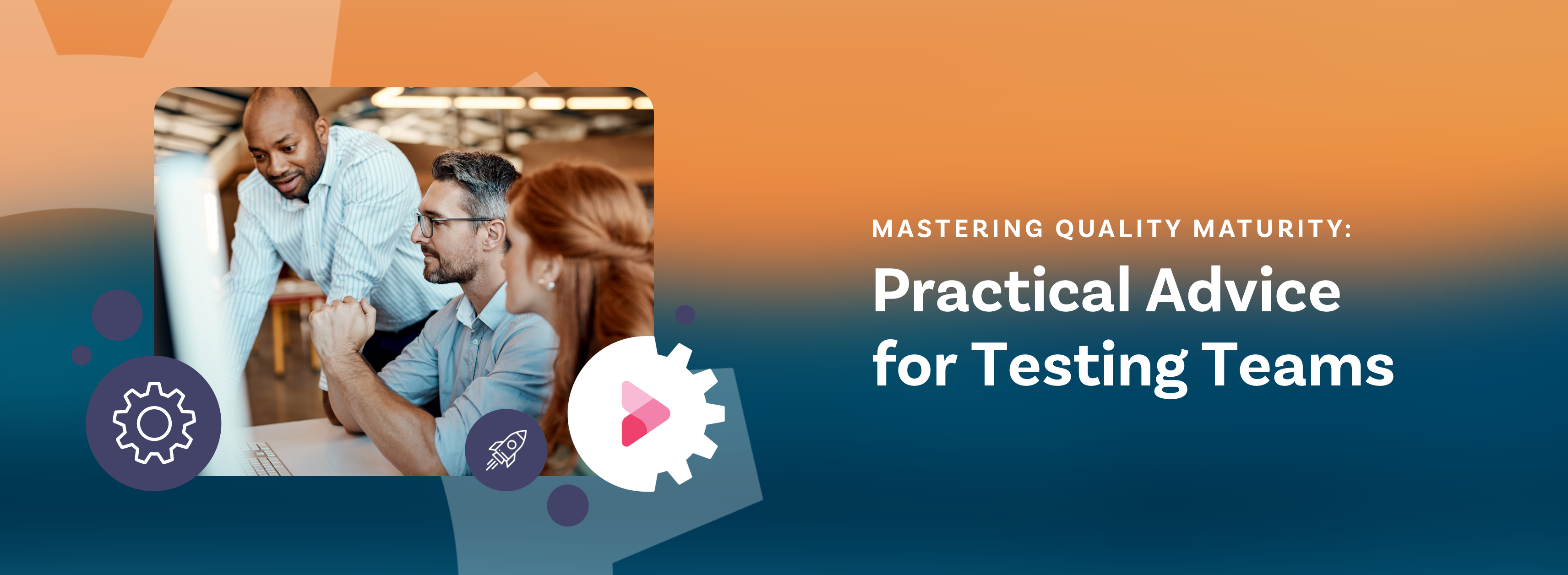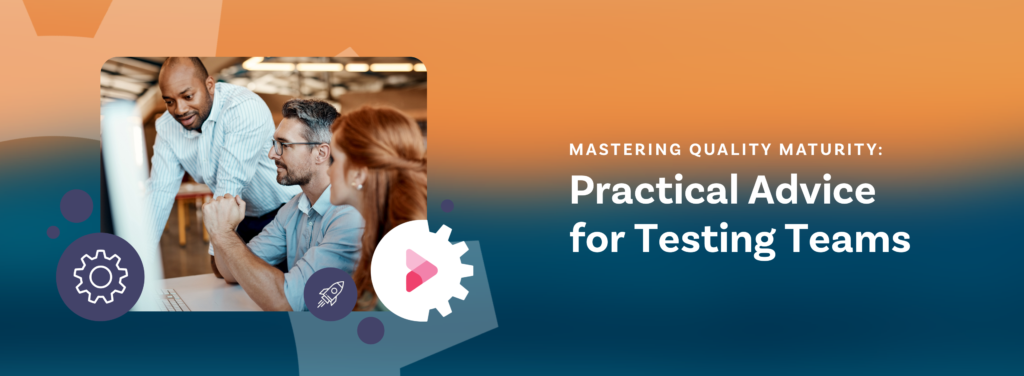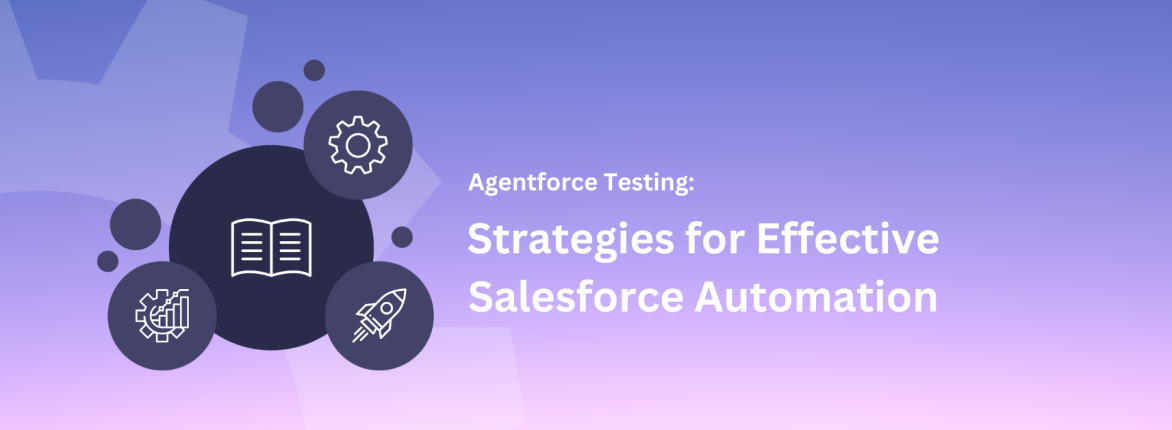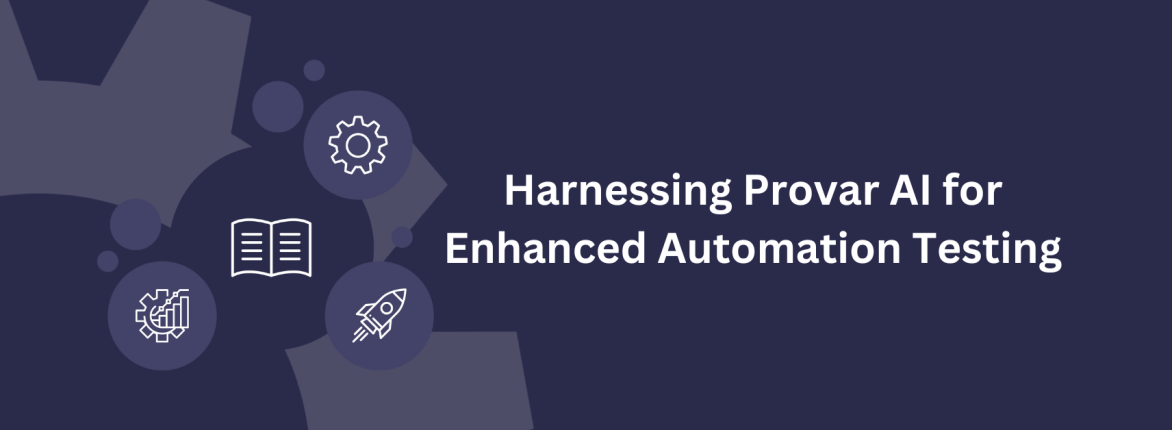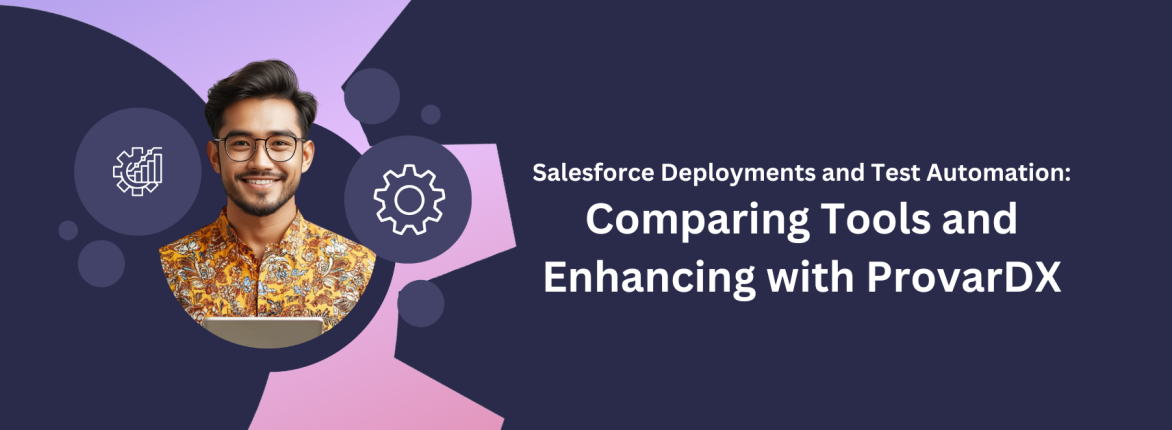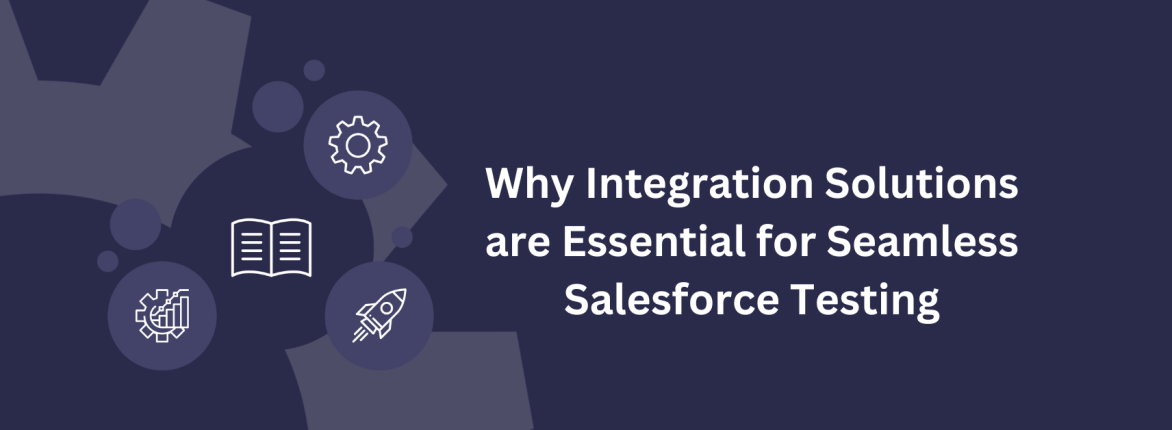Delivering high-quality Salesforce applications isn’t just about catching bugs and breaks — it’s about building a testing strategy that grows with your business. As organizations scale, their testing needs become more complex, requiring a structured approach to quality assurance.
Quality maturity reflects this evolution, moving from ad-hoc manual testing to a fully automated and integrated testing framework. At Provar, we guide teams through this process, helping them overcome unique challenges at every stage.
In this blog, we’ll break down the five key levels of quality maturity in Salesforce testing and explore the goals, roadblocks, and business value at each milestone.
Level 1: Initial Quality (0-20%) – Unstructured & High Risk
At this stage, quality assurance is largely informal. There are no established testing tools or structured QA processes, meaning testing happens on an ad-hoc basis without consistency. With no repeatable process in place, deployments carry a high risk of defects making it to production.
Key Challenges
- Testing and DevOps lack a defined process, making quality control inconsistent.
- Teams rely heavily on manual testing, with no automation tools in place.
- QA and DevOps teams operate in silos, leading to inefficiencies and communication gaps.
- Without structure, defects are more likely to slip through to production.
Objectives at this Stage
To move beyond this reactive approach, teams should start laying the groundwork for a structured test strategy by:
- Introducing basic test documentation to create a record of testing efforts.
- Identifying key test cases to establish minimal but essential test coverage.
- Exploring initial steps to formalize quality assurance practices.
Value Gained
Even small improvements at this stage can make a difference. By documenting tests and tracking defects more effectively, teams begin to build a foundation for repeatability — setting the stage for a more structured approach to QA in the future.
Level 2: Managed Quality (21-40%) – Establishing Repeatable Processes
At this stage, testing becomes more structured, with early efforts to introduce repeatability. Defined requirements help guide the process, and some testing tools — including basic CI/CD integrations — may be in place. Collaboration between QA and DevOps is improving, but manual testing still slows down release cycles.
Key Challenges
- Manual testing continues to create bottlenecks, limiting release speed.
- Test automation is minimal, making it difficult to scale.
- Partial test coverage leaves deployments at medium to high risk.
- Maintaining test documentation is challenging as processes evolve.
Objectives at this Stage
To move toward a more efficient and scalable testing strategy, teams should focus on:
- Establishing a dedicated QA team to drive structured quality assurance.
- Defining and documenting key test scenarios and business requirements.
- Implementing basic test automation and integrating CI/CD tools to streamline workflows.
Value Gained
With these improvements, testing becomes more consistent and repeatable. Teams gain better visibility into testing activities, and defect risk decreases — laying the groundwork for a more mature, scalable QA approach.
Level 3: Defined Quality (41-60%) – Structured Testing & Initial CI/CD Integration
At this stage, testing becomes a well-defined part of the development process. QA is fully embedded into the software development lifecycle (SDLC), and test automation adoption is on the rise. CI/CD solutions are being explored, and most DevOps processes are now structured and repeatable.
Key Challenges
- Managing test automation scripts as applications evolve and change.
- Ensuring automated tests remain stable across Salesforce updates.
- Deployments still carry risk due to only partial integration with DevOps.
- While stakeholders have some visibility into QA activities, gaps in communication persist.
Objectives at this Stage
To further improve efficiency and test reliability, teams should focus on:
- Establishing a dedicated test organization to drive quality initiatives.
- Implementing test pipelines and automated testing frameworks.
- Expanding test coverage, particularly for regression and integration testing.
- Moving toward full CI/CD integration within DevOps processes.
Value Gained
With these improvements, testing becomes more stable and predictable. Faster feedback loops enable quicker releases, and greater automation reduces the reliance on manual regression testing — paving the way for even more streamlined and scalable QA practices.
Level 4: Measured Quality (61-80%) – Continuous Testing & Process Optimization
By now, DevOps processes are well-defined, and quality initiatives are actively measured. Testing is continuous, product stability is high, and best practices are widely adopted. Organizations now focus on optimizing automation efficiency and implementing risk-based testing strategies and maximize impact.
Key Challenges
- Keeping test coverage aligned with the rapid evolution of Salesforce applications.
- Managing test execution across multiple environments without delays.
- Leveraging data-driven insights to enhance testing efficiency and effectiveness.
Objectives at this Stage
- To further refine testing strategies, teams should focus on:
- Fully integrating automated testing within CI/CD pipelines for seamless deployments.
- Measuring quality initiatives with clearly defined KPIs to track improvements.
- Establishing a Center of Excellence (CoE) to drive consistency and innovation in testing practices.
Value Gained
With these advancements, organizations achieve faster, more reliable releases with minimal defects. Risk assessment improves through advanced test measurement strategies, and collaboration between QA, DevOps, and business team strengthens — ensuring quality remains a shared responsibility.
Level 5: Optimized Quality (81-100%) – Fully Integrated Quality Engineering
At this final stage, DevOps and QA processes are fully integrated and highly scalable. Continuous testing is embedded into the development lifecycle, with real-time insights driving ongoing improvements. The focus has shifted from simply detecting defects to preventing them altogether — ensuring quality is proactive rather than reactive.
Key Challenges
- Implementing AI-driven testing strategies to leverage predictive analytics.
- Maintaining a culture of continuous improvement and optimization.
- Driving a cultural shift toward proactive quality engineering across teams.
Objectives at this Stage
To reach peak efficiency and innovation in testing, organizations should focus on:
- Adopting AI and machine learning to optimize test automation and execution.
- Shifting from defect detection to defect prevention as a primary goal.
- Driving widespread adoption of quality engineering best practices to embed quality into every phase of development.
Value Gained
With a fully optimized approach, organizations benefit from:
- Near-zero test maintenance overhead, reducing the burden of upkeep.
- Predictive analytics that catch potential issues before they impact production.
- Continuous quality improvements that drive long-term business value and innovation.
Conclusion: Advancing Quality Maturity in Salesforce Testing
Every step forward in the quality journey brings tangible benefits, from reducing risk in early-stage testing to achieving full-scale quality engineering. But reaching optimized quality isn’t just about adopting new tools or technologies — it requires a shift in strategy, processes, and culture.
At Provar, we help Salesforce teams navigate this evolution with a powerful, purpose-built automation platform designed to address the unique challenges of Salesforce testing. Whether you’re just starting to formalize your approach or striving for full quality engineering maturity, having the right tools and strategy in place makes all the difference.
Want to take the next step forward on your path toward quality maturity? Contact the team at Provar to learn how our tools can help you reach your quality goals!



